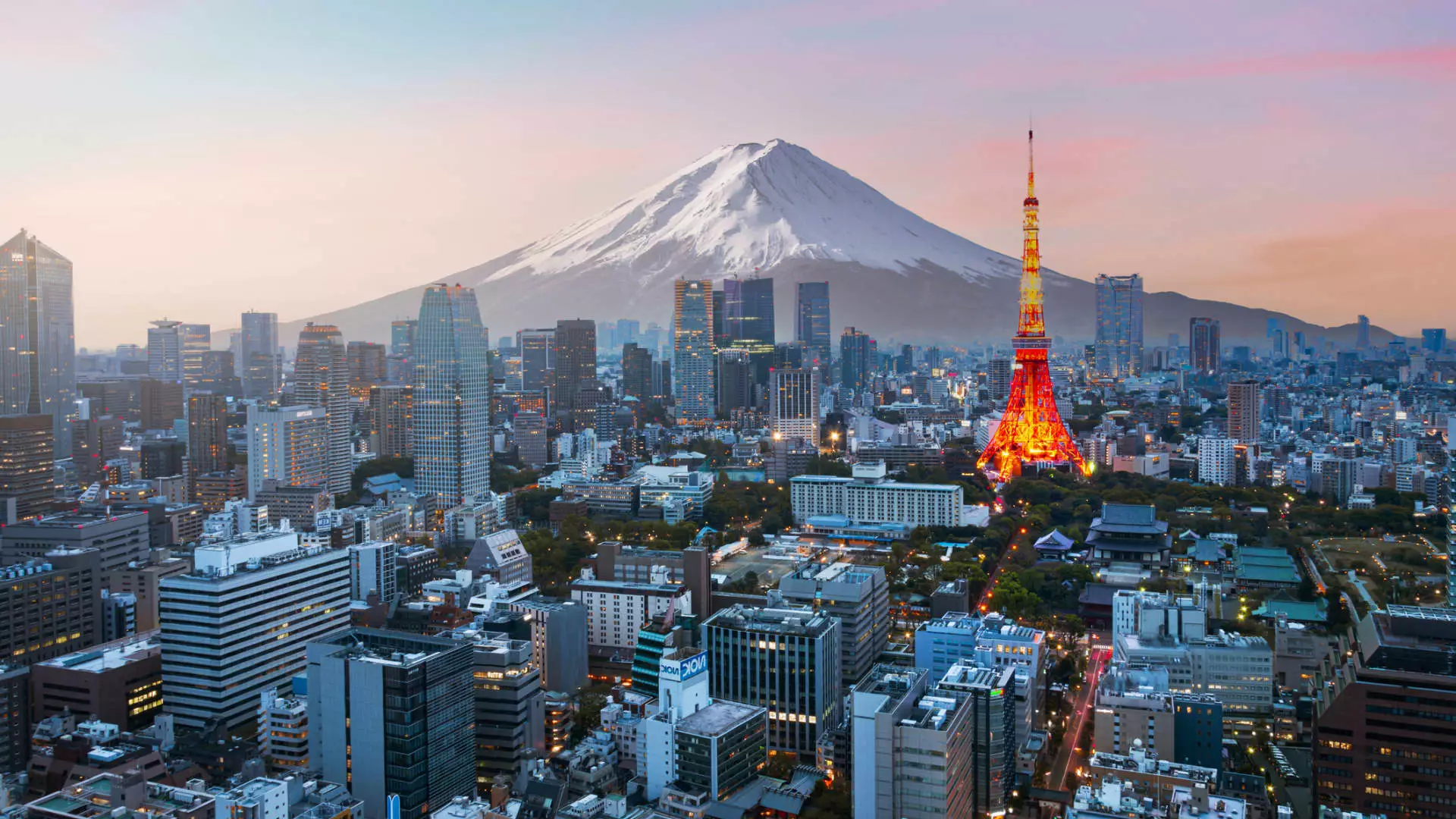As urbanization continues to drive populations toward major cities, the financial implications of such moves become increasingly pertinent. According to data collected by Numbeo, a typical single individual’s monthly living expense in Tokyo averages around $2,050. This figure serves as a stark reminder of the considerable financial commitment required for city dwellers. The rising costs in metropolitan areas are not merely a reflection of local real estate but encapsulate various factors including transportation, groceries, and healthcare, which collectively define urban economics.
Among the most expensive cities globally, New York City and San Francisco consistently rank at the forefront, primarily when considering the cost of living inclusive of rent. Data from Numbeo indicates that living in New York City may cost a single person upwards of $5,639 monthly. This figure combines rent costs for a one-bedroom apartment located in the bustling heart of the city with other essential expenditures. Similarly, the cost in San Francisco also reflects steep rental prices, pushing the living expenses substantially higher than in many global counterparts.
Singapore emerges as the most expensive Asian city, with living costs for individuals reaching about $4,000 per month. This is comparable to London’s expense, further emphasizing the growing financial demands of metropolitan living across continents. These figures resonate with the broad narrative of urbanization, where financial burdens often accompany cultural and economic opportunities.
Interestingly, Switzerland’s Zurich and Geneva are not far behind in the global cost of living rankings. Both cities occupy the third and fourth spots, respectively, as noted by Numbeo. Their inclusion often surprises newcomers who may not associate Switzerland with high-density urban living, yet the high standard of living and quality services contribute to these elevated costs. Residents here must adapt to expensive lifestyles that reflect not just housing but also everyday living and leisure activities.
For individuals contemplating a move to such notoriously expensive locales, financial planning is vital. Leveraging the 50-30-20 budgeting guideline can significantly aid in this endeavor. The rule suggests that 50% of monthly income should be allocated to essentials such as housing and food, 30% for discretionary spending, and the remaining 20% for savings and investments. This framework can facilitate a balanced approach to managing finances in cities where living costs are likely to consume a substantial portion of one’s income.
Transplanting oneself to a new city can offer myriad opportunities, but it is imperative to weigh these against the financial landscape. As evidenced in the case of Tokyo, New York, and other economically vibrant cities, the costs are not negligible. Therefore, conducting thorough research and planning will not only enhance the transition but also lead to a more sustainable lifestyle in the long term. In an ever-evolving urban world, understanding and adapting to these expenses will remain crucial for anyone embarking on a city-based journey.

